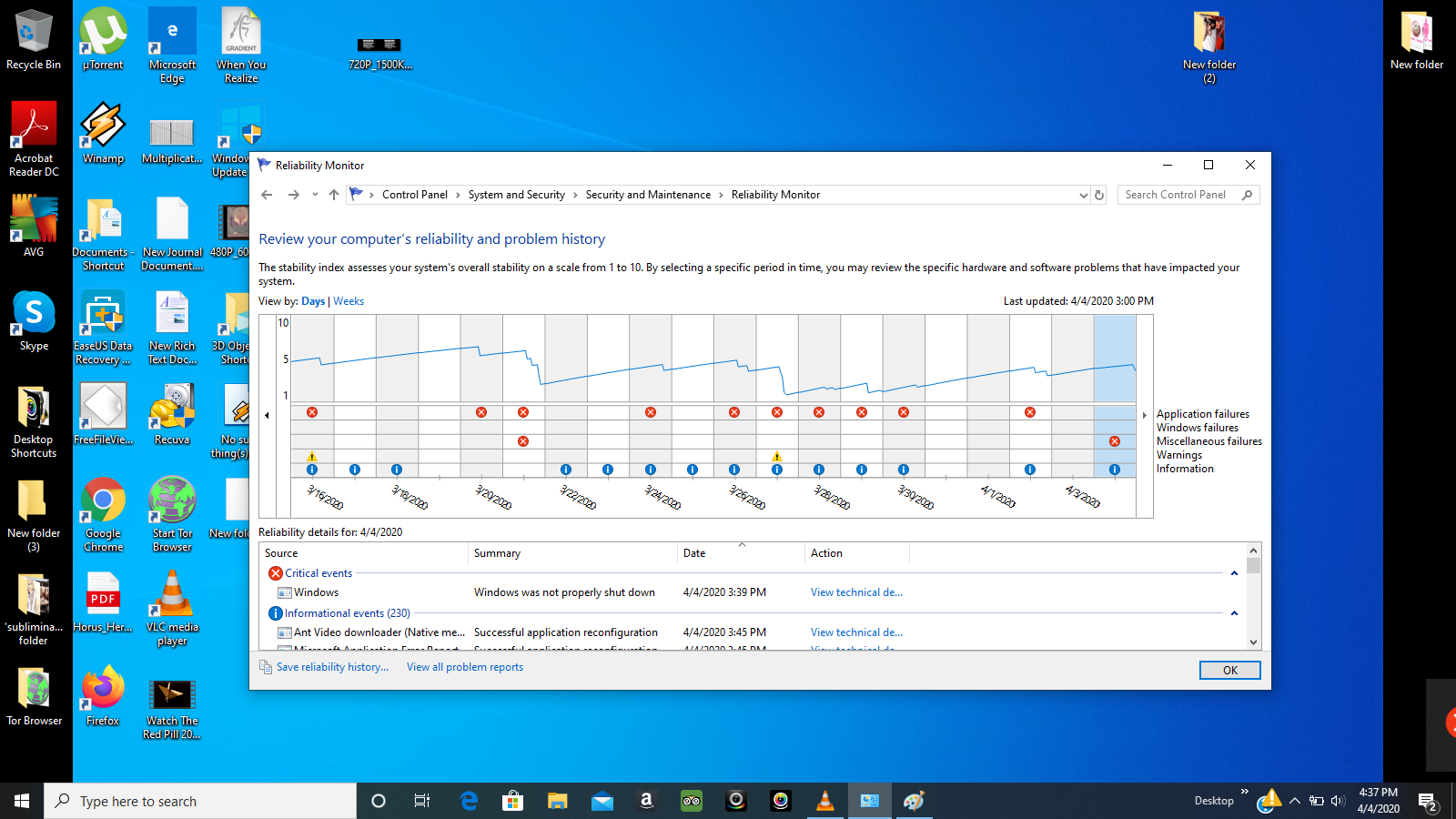
Second, we show the overall average ionospheric meridional current profile differs significantly on the equatorward boundary of the upward current with a swept-forward configuration with respect to planetary rotation present at dawn. This is consistent with the statistical position of the ultraviolet auroral oval for the same time interval. First, we show that the position of the main auroral upward current is displaced poleward between the two local times (LT). We compare these currents with observations of the auroral currents from near noon taken during the F-ring orbits prior to the Proximal orbits. We examine the azimuthal magnetic field signatures associated with Saturn’s northern hemisphere auroral field-aligned currents observed in the dawn sector during Cassini’s Proximal orbits (April 2017 and September 2017). P.: The innermost ion radiation belts of Jupiter and Saturn, EGU General Assembly 2020, Online, 4–, EGU2020-11829,, 2020. W., Kim, T., Roussos, E., Haggerty, D., Rymer, A. Kollmann, P., Mauk, B., Clark, G., Paranicas, C., Nenon, Q., Shprits, Y., Aseev, N., Ebert, R. This interaction shows in the proton pitch angle distribution and has been used to constrain the scale height of Saturn’s exosphere that is difficult to do otherwise. While the source is different, the losses are similar as at Jupiter, namely interaction with the tenuous D-ring and the planetary exosphere.

Saturn’s ion belts are therefore thought to be exclusively populated by cosmic ray tertiary particles from the CRAND process. Saturn’s innermost belt differs from Jupiter’s and Earth’s inner belts in the sense that Saturn’s rings are too dense and extended to allow radial transport of magnetospheric ions into the innermost belt. Neutralization of the ions in the ring grains acts slower and eventually removes <100keV ions until the next transport across the ring. This gives rise to an unusual spectral shape that rises from 100keV to 1MeV. After radial transport, the new ions lose energy in the tenuous ring halo inward of the main ring. This process is found to be too slow to populate the belt. It has been suggested earlier that this ring is populated through the stripping of energetic neutral atoms that are produced in the magnetosphere.

A comparison of Juno particle and plasma data with numerical modeling supports that these ions are occasionally transported from the magnetosphere across the main ring of Jupiter. Jupiter’s innermost ion belt consists of protons, oxygen, and sulfur ions.

The relevant physical processes differ from Earth’s inner proton belt. The ion radiation belts just above the surface of the giant planets Jupiter and Saturn have recently been observed for the first time with Juno and Cassini. This session includes results from atmospheric and magnetospheric observations (Juno, Cassini and Earth-based) as well as theoretical modeling of atmospheric structure, composition, dynamics, planetary aurorae, magnetospheric dynamics and processes and comparative planetology. We welcome submissions on wide range of topics, including: gravity science strong differential rotation (zonal flows) properties of intrinsic (dynamo) magnetic fields the existence and properties of the central core bulk composition (including helium and heavy element abundance) as well as formation scenarios and evolutionary pathways. This session will bring together both observations and theoretical interpretations to improve our understanding of giant planets interiors, atmospheres and magnetospheres. Both the Juno and Cassini have provided a wealth of new measurements, revealing key aspects of the interiors of Jupiter and Saturn for the first time. Constraining the present-day interior structure and dynamics of giant planets is critical to understanding the formation and evolution of planets in our Solar System and beyond.

Our view and understanding of Jupiter’s and Saturn’s auroras and magnetosphere are ever-changing as we explore these regions in situ with coordinated efforts from Earth-based observatories such as Hubble, Hisaki, Keck, etc. Juno has provided new observations of the global atmospheric structure and composition, storm and lightning distribution and cloud morphology and dynamics. As the largest and most massive planets in our solar system, Jupiter and Saturn offer unique insight in the history of our solar system and how planetary systems in general form and evolve. Juno is on-going and continues to obtain data from its polar orbit with the goal of understanding Jupiter's origin and evolution by investigating the interior, atmosphere and magnetosphere. The Juno and Cassini missions investigated Jupiter and Saturn, respectively.


 0 kommentar(er)
0 kommentar(er)
